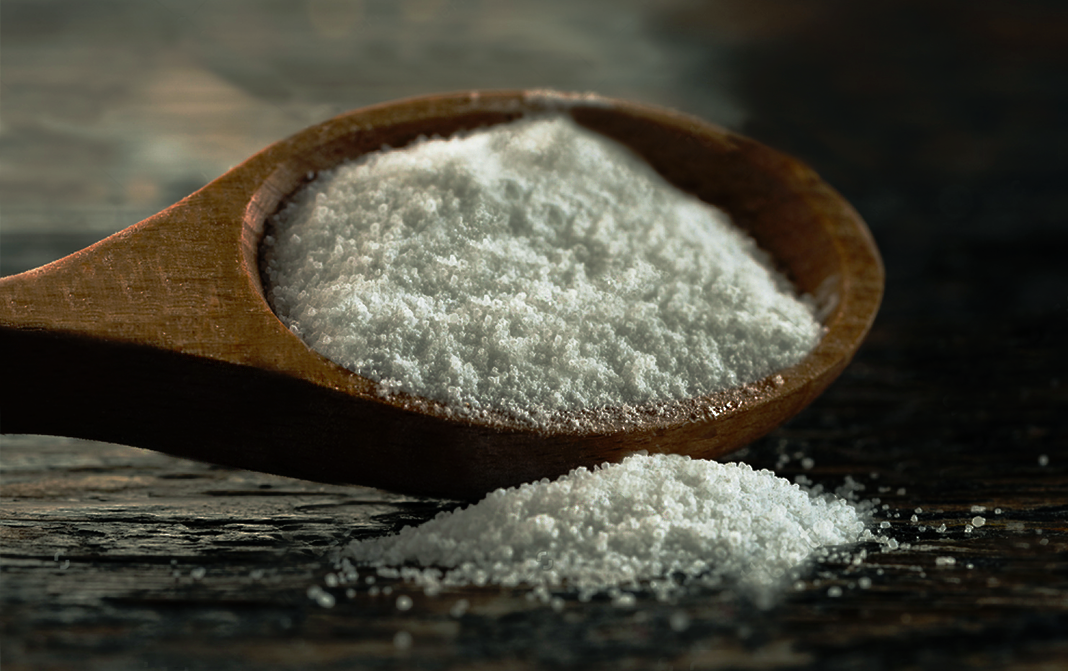


Consumption of Permitted Antioxidant (INS319) may cause cancer, birth defects, nausea, vomiting, delerium, collapse, dermatitis. A dosage of 5g Permitted Antioxidant (INS319) is considered fatal.(1)
(1) https://noshly.com/additive/e319/antioxidant/319/#.XaQaGfkzbIV
- Disclaimer
"Information here is provided for discussion and educational purposes only. It is not intended as medical advice or product or ingredient review/rating. The information may not apply to you and before you use or take any action, you should contact the manufacturer, seller, medical, dietary, fitness or other professional. If you utilize any information provided here, you do so at your own risk and you waive any right against Culinary Communications Private Limited, its affiliates, officers, directors, employees or representatives.”
Description
What is INS 319?
Permitted Antioxidant (INS319) is used as an antioxidant in fats and oils. It is a white to light tan crystalline substance used in food products in order to prevent oxidation and rancidity and thereby increase shelf life. It is considered heat-stable and hence works as an effective antioxidant in the prevention of oxidation of frying oils. It also protects foods with iron from discoloration. INS 319 is a fat-soluble and especially effective for unsaturated vegetable oils.
Where is INS 319 used?
It is widely used as a food additive in instant noodles, ice creams, butter, margarine, and potato chips.
The highest concentration of this preservative exists in frozen fish products.
What are its side effects?
Consumption of Permitted Antioxidant (INS319) may cause cancer, birth defects, nausea, vomiting, delerium, collapse, dermatitis. A dosage of 5g Permitted Antioxidant (INS319) is considered fatal.